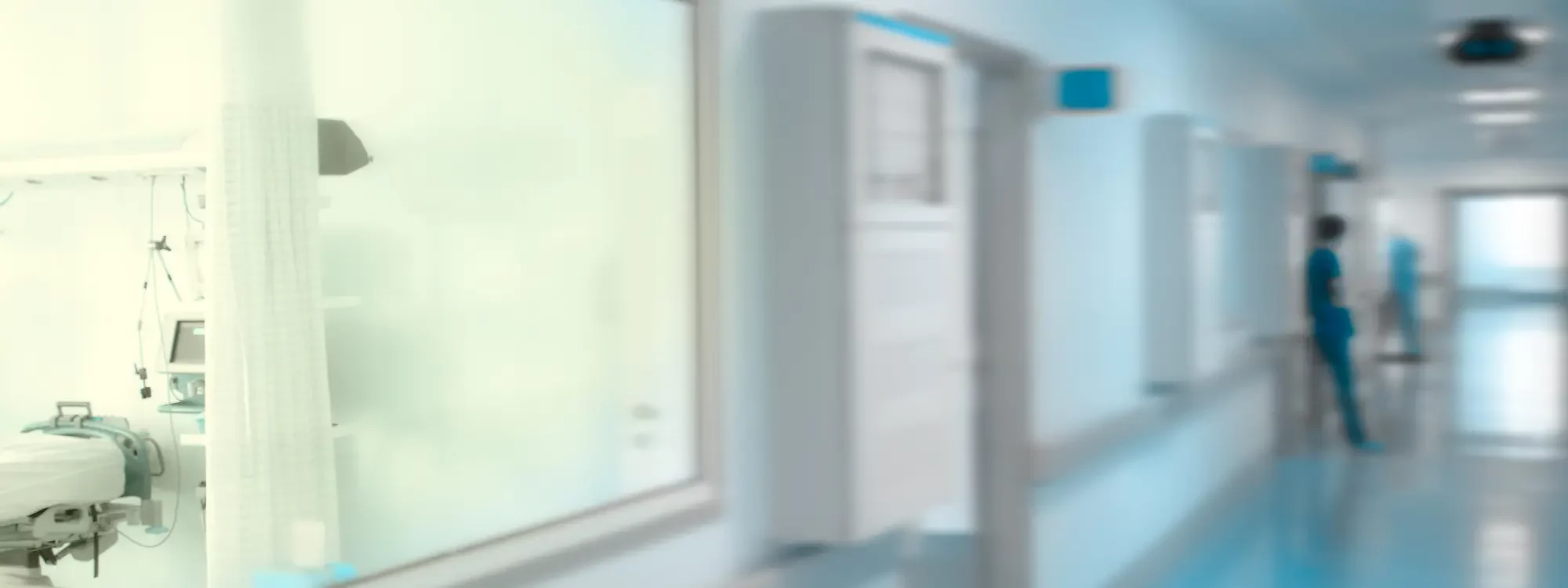Healthcare
The Wide-reaching Healthcare Industry
The healthcare industry provides goods and services through primary care, secondary, and tertiary levels of care for the treatment of patients.
There are three essential parts within modern healthcare – services, products, and finances. Services that can be provided within the healthcare industry include medical equipment, medical supplies, and healthcare services – such as hospitals, home healthcare providers, and nursing homes. Products offered encompass treatment options – from pharmaceuticals to machinery, and more. Financial services vary by country, with payment options ranging from public to private health insurers.
The industry consists of three main categories: hospital activities, medical and dental practices, and other human health activities – such as therapy. Distinguished entities within the healthcare classification include:
- Pharmaceuticals, biotechnology, and related life sciences
- Healthcare equipment and services
This wide range of classification encompasses the individualized treatment of people, preventing illness, and providing rehabilitative medicine and optimizing quality of life and mitigating suffering with terminally ill patients.
From clinical services to support services, the healthcare industry provides an array of job opportunities. Businesses that provide medical services and insurance, also those who manufacture medical equipment or drugs, are key segments of operational value to those seeking treatments within the healthcare industry.
Hazards within the healthcare industry range from minor scratches and falls, to blood-borne pathogen and chemical exposure.
Biological hazards can pose a threat when virus or bacteria cells are inhaled, eaten, or encounter the skin. These various routes of exposure can have adverse health effects, potentially resulting in death depending upon the severity.
Chemical hazards are non-biological substances but can potentially cause physical and health hazards to people when inhaled or ingested.
Physical hazards are encountered when dealing with medical equipment and patient handling – and exposure to environmental hazards. These include temperature, illumination, noise, electrical injuries, and radiation.
The healthcare industry has one of the highest rates of work-related injuries and illnesses. Through direct and indirect exposure, healthcare workers face a number of serious safety and health hazards.

What PPE is Needed for the Healthcare Industry?
Required PPE for healthcare workers varies depending on the control and prevention of treatment handling and medical case analysis. When all other matters are inadequate to control exposure, healthcare workers should seek personal protection. The types of PPE for the healthcare industry range from:
- Respirator or masks
- Gloves
- Coveralls, bibs, lab coats
- Protective footwear
- Eye protection, and more.
The idea for this style of protection is to fully cover any exposed skin and prevent any exposure of the eyes, nose, and mouth. Proper use of PPE helps prevent pathogens from being transmitted from infected patients to other patients, staff and visitors, equipment, and objects within the environment.